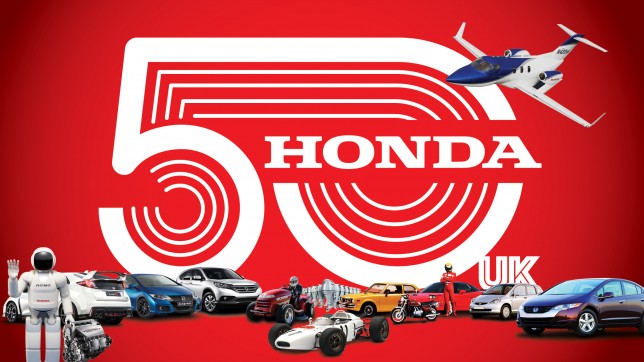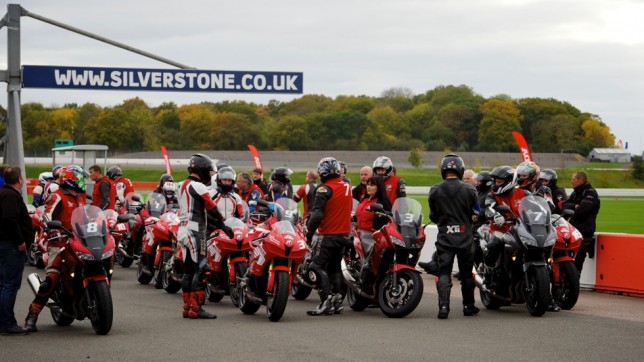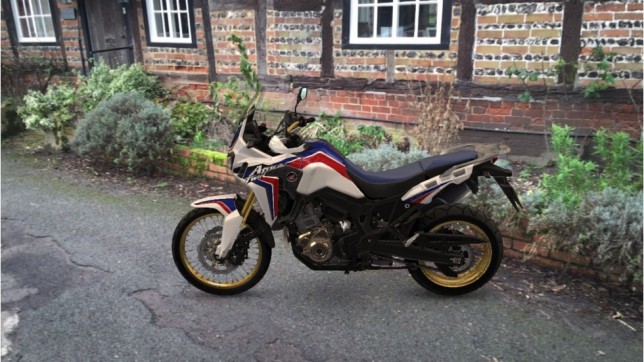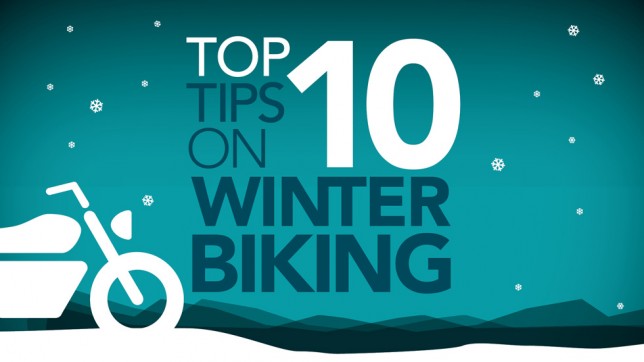By Harry Metcalfe
You have to admit that Africa Twin is a great name for a bike, conjuring up images of real adventure, exploring horizon-challenging wilderness, full of roaming animals. It comes from the fact that the Paris Dakar rally was mostly held in Africa in the 1980s and the engine that won the rally for Honda was a V twin cylinder configuration. It was following that victory on the NXR750, that Honda launched the production version for customers in 1988, when the XRV650 appeared in showrooms around the world.

Built for adventure
Finished in the unmistakable red, white and blue colours of the Honda Racing Corporation (HRC), the bike proved to be a brilliant way of celebrating Honda’s victory at the 1986 Paris-Dakar race with a works-prepared Africa Twin (the NXR750). BMW’s R80-GS was the competitor bike of choice back then, before the snazzy Africa Twin arrived, purpose-built by HRC for this crazy desert endurance race. The NXR750 was water-cooled and equipped with amazingly long-travel suspension, making all the other competitor bikes entered that year suddenly look rather old-fashioned.
As the name of this infamous race suggests, the route ran from the centre of Paris, all the way down into Africa, across the Sahara and on to the finish line in the city of Dakar (the capital of Senegal) on the eastern side of the Sahara Desert. A total race distance of some 15,000km across the toughest terrain Europe and Africa has to offer, it required a very special bike to finish this crazy 22-day event, let alone conquer it. And yet the Honda Africa Twin not only won it first time out in 1986, it did so again in 1987, 1988 and then in 1989 – four years running, which is an amazing achievement in anyone’s books.

An iconic road bike
The Africa Twin rapidly gained heroic status, especially in Europe, and Honda realised it had a serious hit on its hands. Standing a lot taller than a regular road bike, it was great to ride, and the requirements for a winning endurance desert racer transferred equally well into making a brilliant road bike as well.
To win Dakar, a generous fuel range was an obvious advantage, as was long-travel suspension to cope with the jumps, huge ground clearance, a hefty engine guard and, perhaps most important of all, mechanicals that would never ever break down, even in the most arduous of conditions. Suffer a component failure in the middle of the Sahara and you didn’t just risk losing the race, there’s a chance you might die as well if not found in time.
That’s why the Honda Africa Twin became such a legend – this was a bike you could depend on. The tank held a massive 24 litres, the powerful twin headlights offered piercing night vision, the steel rear carrier was immensely strong, capable of supporting the biggest panniers and top box available, a generously padded seat meant you could ride for hours at a time, while the torque V-Twin engine simply never gave up and proved capable of covering colossal distances without any signs of wear. No wonder the Africa Twin became the darling of long-distance dispatch riders back in the Eighties and Nineties.
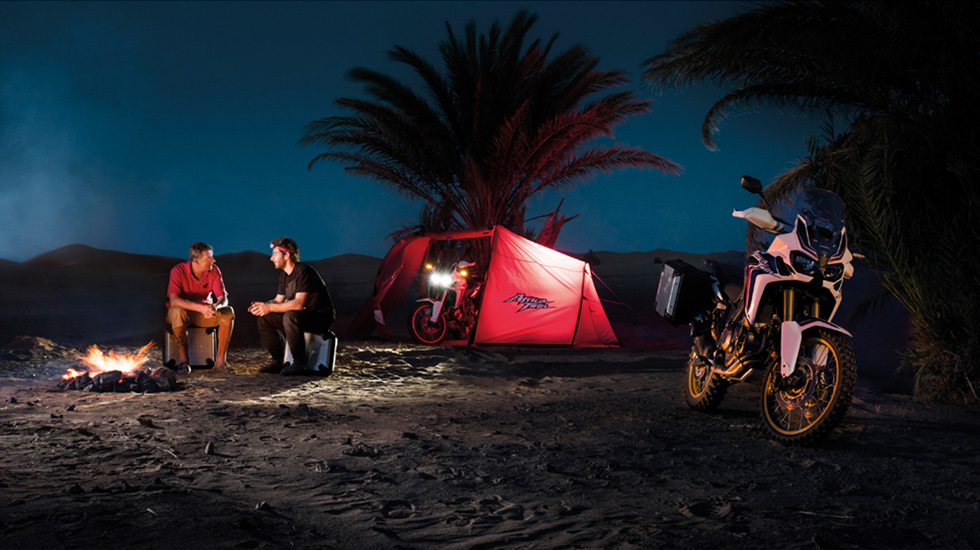
The new Africa Twin
And now Honda is about to launch an all-new Africa Twin, exactly thirty years since the original won the 1986 Dakar and fourteen years since the last generation Africa Twin left the production line. The new model was star of the show at Motorcycle Live in Birmingham and will go on sale next year at £10,499 for the standard ABS model, with a Dual Clutch Transmission (DCT) version also available at £11,299. So what makes the new bike worthy of carrying this famous name?
For starters the engine has grown significantly to 998cc and it’s no longer a V-twin design but a parallel twin closely related to Honda’s all-conquering CRF250/450R single cylinder motocross engine. This gives it greater compactness and lighter weight, while clever fuel-injection systems offer super smooth performance. Peak power has grown from the (slightly disappointing) 54bhp the original 650 V-Twin delivered, to a meaty 95bhp and yet official fuel consumption figures put it at around 20% better, so the slightly smaller tank (18.8litres) allows the same 240+ mile range as the monster 24litre tank in the original.
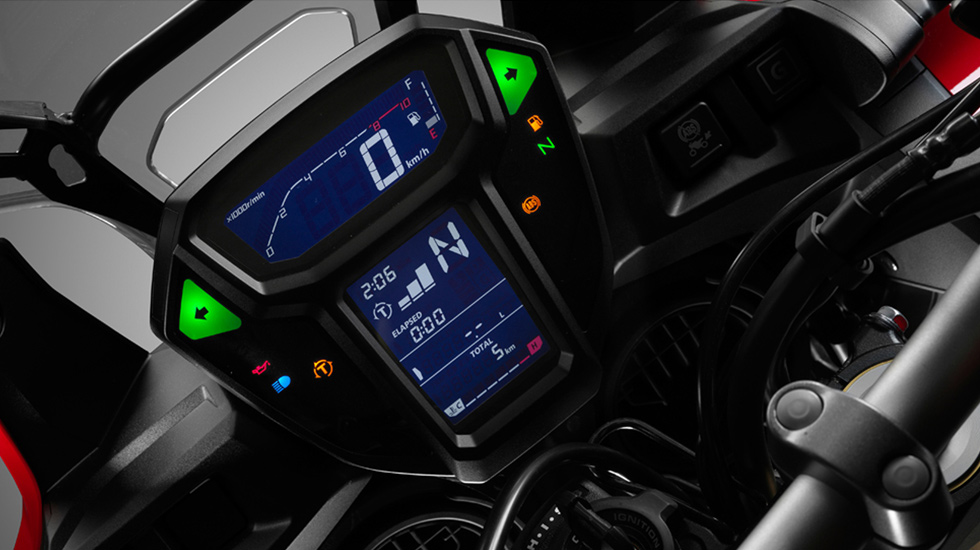
But the big difference between the two bikes is three decades worth of new technology fitted to the new Africa Twin. There’s ABS and a new electronic torque control system, offering three different levels of traction control to help the rider when conditions are getting unpredictable, twin 310mm wavy discs up front and, in a first for a bike primarily designed to excel off-road, there’s Honda’s new DCT which offers fingertip gear-changes via triggers on the left handlebar control.
The feedback was excellent when First Ride impressions appeared online following the global launch in South Africa. ‘A big bike that’s actually useful off road, and not just in the hands of an advanced off-road rider but for the more ordinary of us too,’ said visordown.co.uk. And from motorcyclenews.com: ‘It doesn’t take long at all to realise that this bike is very, very good. It absolutely sings off-road and it is immediately evident that this is its home territory – despite the fact that it performs brilliantly on-road too. Hats off to Honda, the Africa Twin is a genuinely impressive machine.’
It’s all looking good and most important of all, Honda calling it ‘Africa Twin’ means it’s dripping in heroism before it’s even turned a wheel.

Motorcycle Live!
The theme of adventure ran through the whole Honda presence at Motorcycle Live! As well as Africa Twin there was the new 2016 NC750X, perfect for the commute, mixing aggressive styling and a high riding position with outstanding fuel economy. And fans of Honda’s iconic VFR could check out the VFR800X and VFR1200X.
Also the new 2016 CB500X, which is A2 licence friendly, sat alongside its adventure bike siblings and younger riders enjoyed getting a taste of two wheels on a specially constructed course, gaining their first licence with Honda’s My First Adventure experience.




